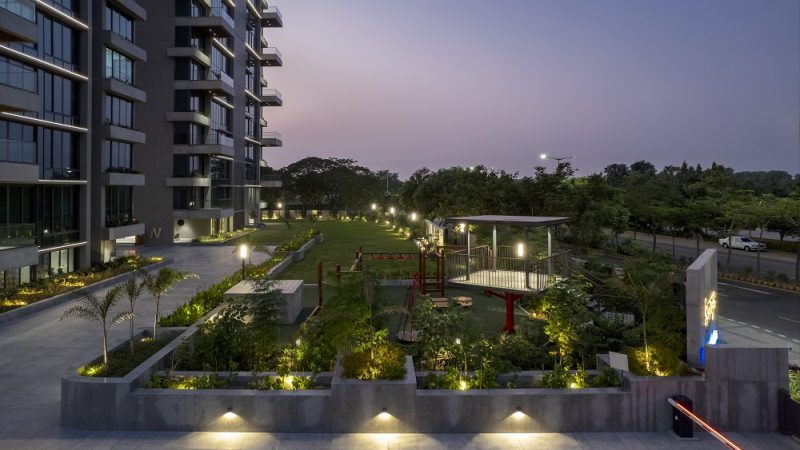Healthy trees don’t just add beauty to the landscape — they provide shade, cleaner air, and a sense of balance to the environment. However, many property owners only think about tree care after visible damage has occurred. Preventative tree restoration focuses on maintaining trees’ health and stability before problems like disease, structural weakness, or storm damage develop. Taking proactive steps not only preserves your trees but also saves time and money in the long run.
1. The Importance of Preventative Tree Care
Trees are living organisms that constantly adapt to their surroundings. Over time, environmental stress, weather events, and poor soil conditions can weaken them. Without early intervention, small issues such as broken branches, compacted soil, or root damage can escalate into serious hazards.
Preventative tree restoration helps detect these problems before they lead to irreversible harm. Regular care allows trees to grow stronger, resist pests, and better withstand storms. Essentially, you’re investing in your landscape’s long-term health rather than reacting to emergencies later.
2. Regular Health Assessments
The foundation of preventative care begins with routine tree inspections. Checking for signs of disease, decay, or insect infestation can make the difference between saving a tree and losing it.
During an inspection, look for:
- Cracks or cavities in the trunk
- Discolored leaves or premature leaf drop
- Fungus or mushrooms at the base
- Dead or hanging branches
- Changes in bark texture or color
These early warning signs often indicate internal stress. Scheduling regular evaluations—especially before and after storm seasons—helps address issues before they spread.
3. Proper Pruning and Trimming
Pruning isn’t just about keeping a tree neat—it’s a critical part of its health. Proper pruning encourages balanced growth, removes weak or diseased branches, and allows better airflow through the canopy. This reduces the likelihood of breakage during strong winds or heavy rain.
The key is timing. Pruning during the dormant season (usually late winter) helps minimize stress and encourages vigorous growth in spring. However, light trimming of dead branches can be done year-round. Using the right tools and cutting techniques also prevents unnecessary wounds that can attract pests or disease.
4. Soil and Root Care
The root system is the unseen backbone of a tree’s health. Over time, soil compaction can prevent roots from accessing oxygen and nutrients. Mulching around the base of the tree can help retain moisture, regulate temperature, and improve soil health.
Avoid piling mulch directly against the trunk—it should be spread evenly in a shallow layer. Additionally, regular deep watering (especially during dry months) ensures roots remain hydrated and resilient. For urban areas, where roots often face limited space, aeration treatments can help improve nutrient absorption and reduce stress.
5. Preventing Structural Damage
Preventative restoration also includes managing a tree’s structure as it grows. Trees that develop uneven weight distribution or poor branch angles are more prone to splitting or falling. Early corrective pruning can help shape young trees for strength and stability.
Installing cables or braces may also help support older or heavier limbs. These techniques help prevent breakage during storms while maintaining the natural look of the tree.
6. Monitoring Pests and Disease
Even the healthiest trees can become vulnerable to insects and fungal infections. Regular monitoring is essential for spotting pests like borers, aphids, or scale insects early. Similarly, fungal diseases often show up as leaf spots, cankers, or root rot.
Addressing these issues promptly with the right treatment—such as proper fertilization, soil improvement, or organic pest management—prevents infestations from spreading.
Final Thoughts
Preventative tree restoration is about foresight, not reaction. Instead of waiting for damage to appear, consistent maintenance keeps trees thriving and reduces the likelihood of costly repairs or removals. Healthy trees are an investment in your property’s beauty, safety, and environmental balance. With regular inspections, proper pruning, and mindful care, you can protect your trees—and the landscape they enrich—for decades to come.
This post was written by a professional arborist at Arborist Clearwater FL. Robert Miller is the owner of Arbor Wise Professional Tree Care, a locally owned and operated tree service company that offers superb lawn care by the most experienced Arborists. Arborwise Tree Services is a tree removal company that offers stump removal, tree pruning, stump grinding, fertilization, and tree restoration. We have an extraordinary lawn care industry notoriety covering the Pinellas county area.








